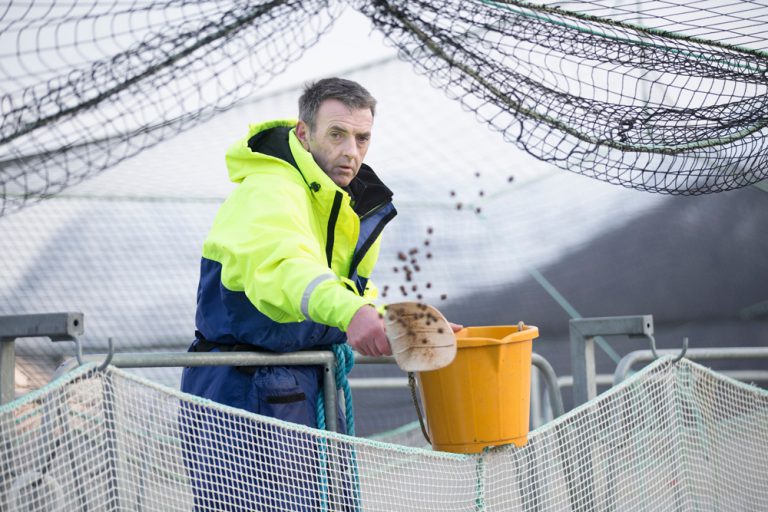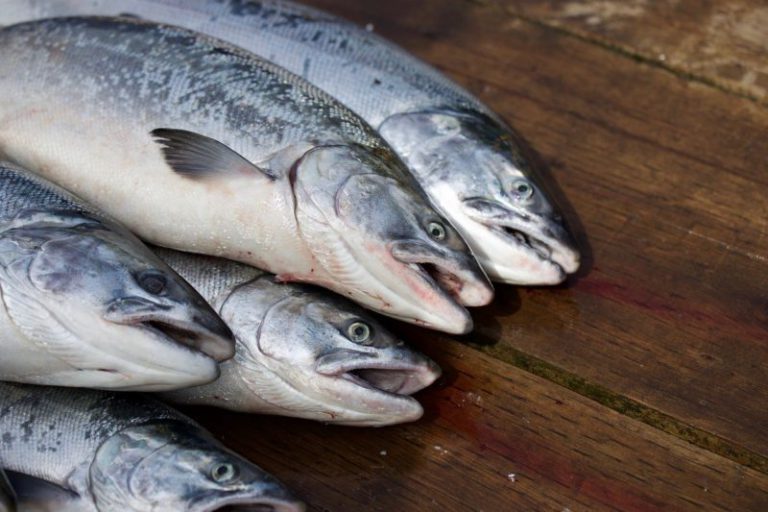Written by Alin Kadfak, SIANI-SLU Global Communicator and Researcher at the Department of Urban and Rural Development at the Swedish University of Agricultural Sciences, SLU. This article was first published by SIANI.
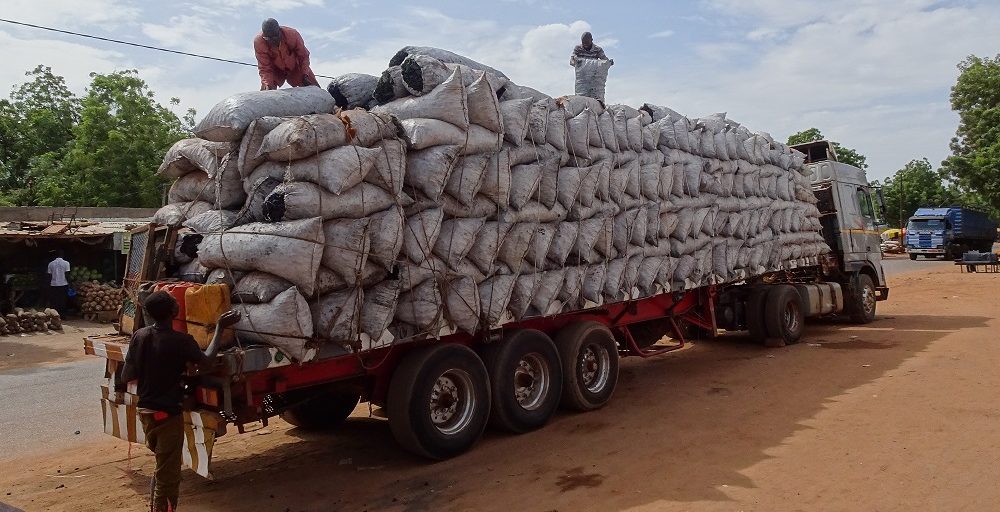
Photo: Anders Roos.
On 13 October 2020, The Swedish University of Agricultural Sciences (SLU), in partnership with the African Forest Forum (AFF) organised a webinar to discuss the opportunities for creating more sustainable charcoal value chains in Africa.
Growing population and urbanization increased charcoal consumption in the Sub-Saharan Africa region. Charcoal is an affordable energy source and generates rural jobs and incomes. However, the use of charcoal causes significant downfall of health due to indoor air pollution and slashing deforestation and forest degradation.
Eight scholars were invited to discuss the core question ‘What is required to promote charcoal value chains that provide affordable energy and rural income, without degrading the forest resources?’ and to provide their recent experiences of working in different countries in Sub Sahara Africa. Based on the discussion at the webinar, this article gathers four key considerations for developing sustainable charcoal production and consumption.
Unpacking the value chain
The life cycle of the charcoal business is full of uncertainties. Who is involved in different processes of charcoal production and marketing? How many hectares of forest are being cut? What is the difference between the selling price and the costs of production, including the raw material components? These questions can be addressed by following the charcoal value chain, from harvesting and production, to transportation, wholesale retail and to consumption.
This approach doesn’t only allow us to unpack the values of each step, but also makes the hidden actors visible. Such hidden actors include, for instance, illegal woodcutters, who are often migrant workers from neighboring countries, or international companies investing in charcoal production in the region, or women who work as charcoal traders or even a local cartel. According to Anders Roos, ‘most of the charcoal producers we met during the fieldwork were relatively poor. They have tried to earn their incomes to pay for food, clothes and school fees. While they were hoping to establish a sustainable charcoal production, where they for instance planted trees to replace what were cut. However, the charcoal ban 2018 in Kenya has blocked the development of legal and mores sustainable charcoal value chains. Moreover, by unpacking the value chain, we can see that consumers are not only concentrated in cities, but also in rural areas. Rural value chain actors deal in smaller volumes but make up a large part of charcoal production and consumption.
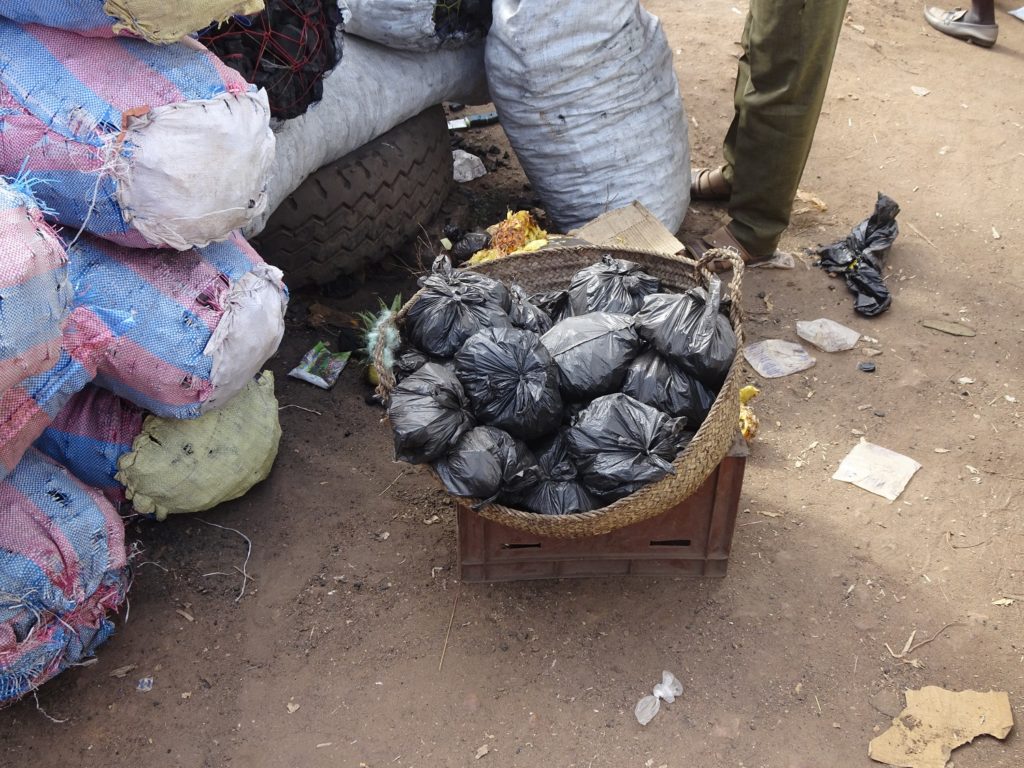
Improved technology
Better technology can improve the sustainability of charcoal value chains, including raw material production, transportation and marketing. For instance, a study in Kenya showed that mobile technology and network coverage are the key physical resources for producers, traders and transporters throughout charcoal value chains.
Moreover, developing a new technology like biochar could provide alternative energy product for rural households. A long-running participatory project with 150 Kenyan farmers tested the effects of biochar on the quality of the soil. Farmers who have a biochar stove can collect agricultural waste, like crop-residue, and small branches from forests and turn them into energy and biochar. Biochar stoves are energy efficient and save time on waste collection, which is often done by women. The triple wins of this method are 1) less smoke during cooking 2) less biomass input and 3) rich soil nutrient biochar! This technology may foster out-of-the-box thinking and farmers can start using crop residues, parts of the tree or farm waste as alternative cooking fuel. While biochar can be reused for soil improvement and carbon sequestration.
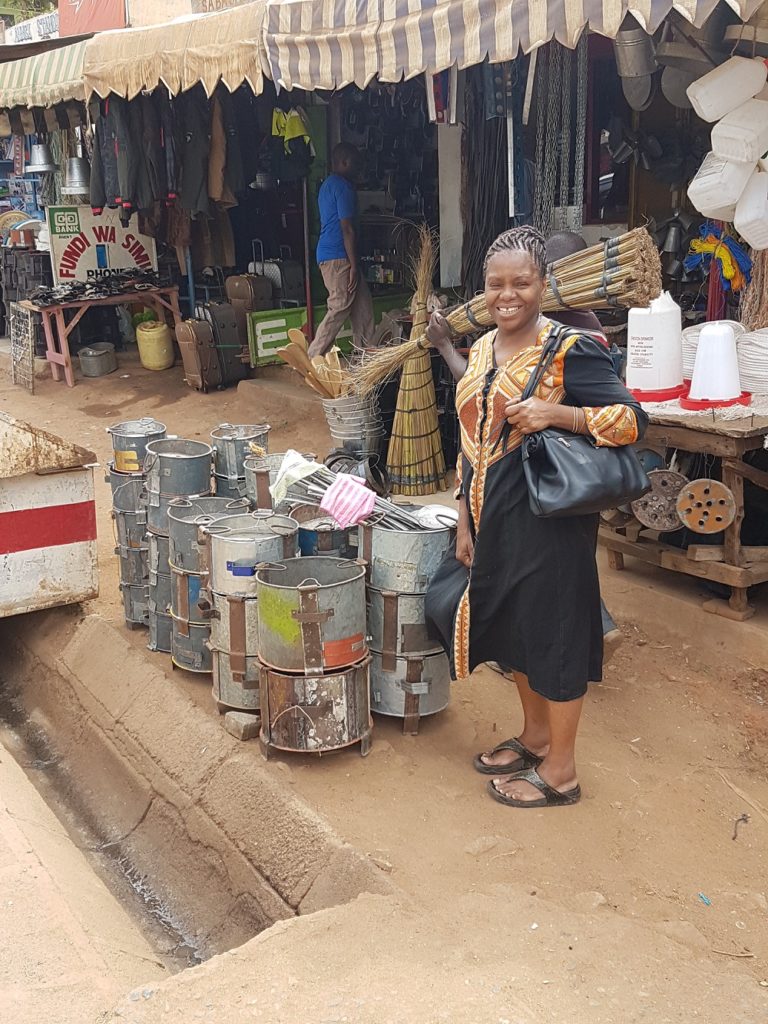
Gender perspective in charcoal production
Women have a marginal position within charcoal value chains. A study from Kenya showed that women are the most vulnerable when it comes to uncertainties. For instance, when Kenya imposed a logging ban in 2018, it affected women who were mainly working in production and retail sectors the most. Women experienced more challenges from the ban due to the lack of access to and control over productive resources and social capital. Moreover, women who were working in charcoal business often came from poor households and didn’t have an alternative livelihood option to resort to in time of change. With limited financial independence, women can only be involved in localized, and less regulated markets. Moreover, the logging ban has affected the income of their husbands who were working in the logging industry. And with fewer remittances, the women’s businesses had lower cash flow.
Women’s vulnerability was also exposed by the current pandemic. COVID-19 has affected the whole value chain of charcoal industry. Border restriction has fueled production challenges, both in terms of transportation and migration of labour. With transportation bans and limited labour, but the same demand, charcoal prices grew and small-scale female retailers have been outcompeted by larger business owners due to their lack of capital and inability to obtain long-term loans.
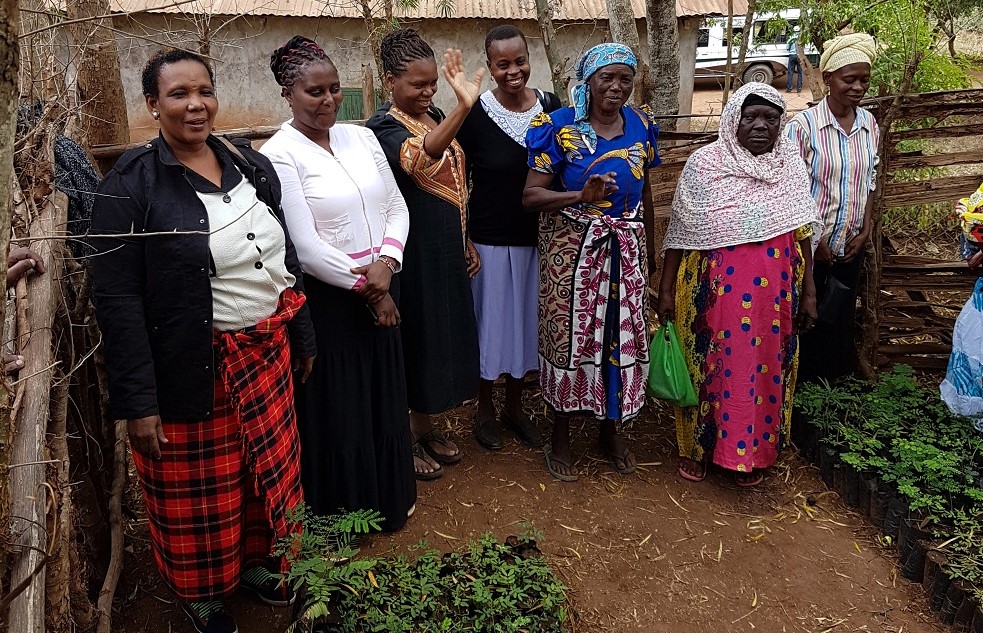
Livelihood or forest: trade off or both?
Overall, the charcoal business dilemma boils down to the trade-off between livelihood and forest sustainability. However, it is possible to meet both needs if the raw material for charcoal production comes from sustainable sources. While we are working towards creating sustainable charcoal businesses, a value chain approach may help achieve a more holistic understanding of the topic. Lastly, it’s important to remember about the importance of innovative thinking in biochar production, employing a gender-sensitive lense and developing sustainable sourcing.
The webinar was organized as part of the ongoing SLU research project, ‘Sustainable Business Models for Tree-based Value Chains in Sub Saharan Africa’, led by Prof. Anders Roos. The goal of the project is to generate knowledge about the charcoal value chain, more specifically, on its processes, actors, and their interactions. The research is conducted in Kenya and Niger in a participatory manner that involves various stakeholders. The project aims to analyse resources, competences and business models among supply chain members to foster sustainable natural resource used and improved livelihoods.


